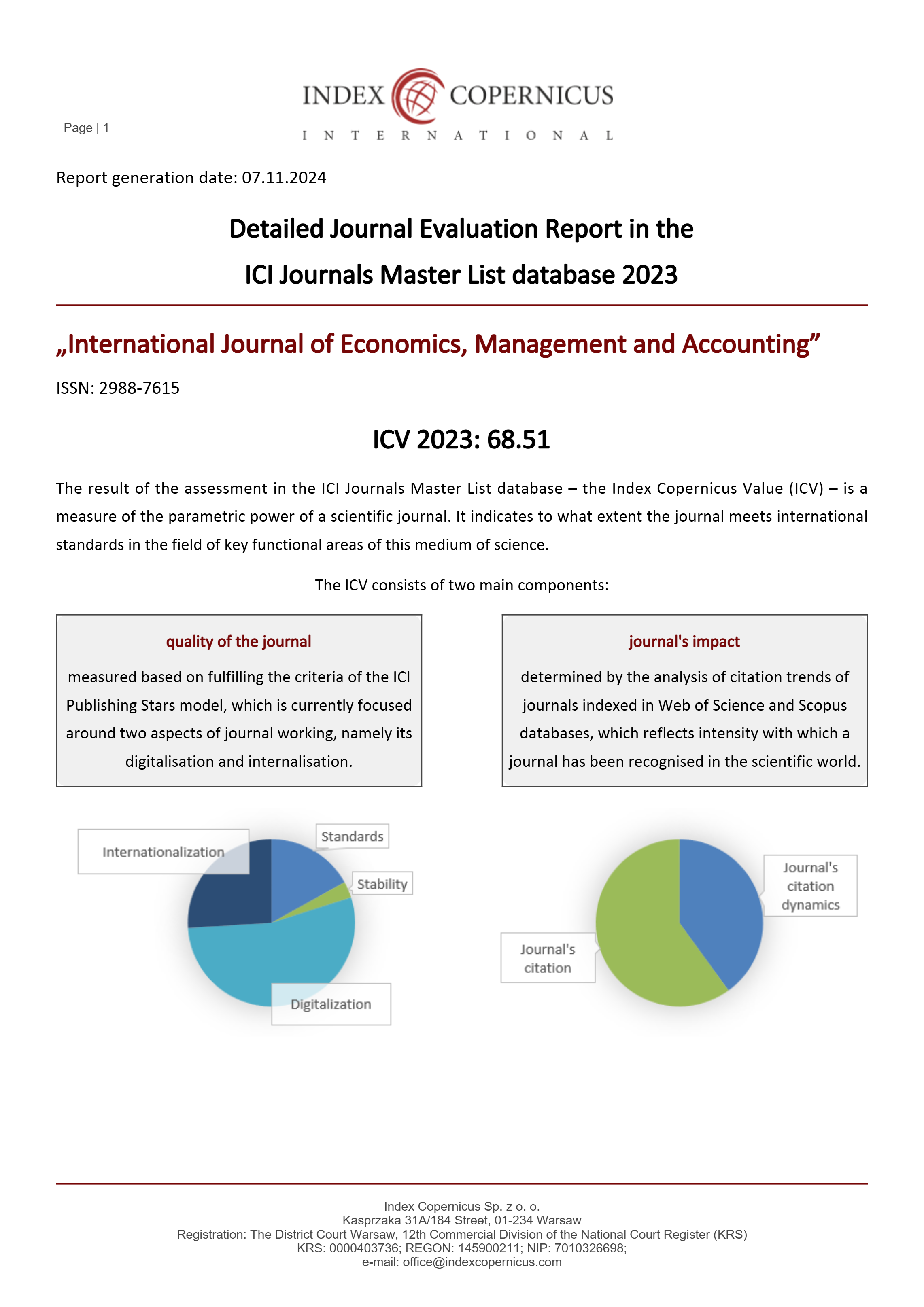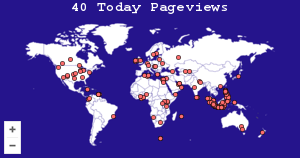Analysis of Quality Costs in Efforts to Improve the Financial Performance of the Company: An Empirical Study at CV Central Fragrance Utama
DOI:
https://doi.org/10.47353/ijema.v3i5.339Keywords:
Quality Cost, Financial Performance, Efficiency, ProfitabilityAbstract
This study aims to analyze quality costs in relation to improving the financial performance of CV Central Fragrance Utama during the 2022-2024 period. Specifically, the research focuses on three aspects: (1) classification and measurement of quality costs, which include prevention, appraisal, internal failure, and external failure costs; (2) evaluation of financial performance based on profitability, liquidity, solvency, and activity ratios; and (3) analysis of the efficiency of quality cost management in supporting financial performance improvement. The research method uses a descriptive-qualitative approach with data collection techniques through observation, interviews, and document analysis. The results show that the allocation of quality costs is not yet optimal. Prevention costs decreased significantly from 78.12% to 48.82%, while internal and external failure costs increased. Financial performance shows sales growth that improves NPM and ROA, but ROE remains negative with critical liquidity and solvency conditions. The efficiency of quality costs has not been consistently achieved due to a decrease in investment in prevention and appraisal areas. The company needs to increase the proportion of prevention costs, strengthen its quality control system, and restructure capital to achieve healthy financial performance and sustainable growth.
Downloads
References
Campanella, J. (1999). Principles of quality costs. ASQ Quality Press.
Deming, W. E. (1986). Out of the crisis. MIT Press.
Evans, J. R., & Lindsay, W. M. (2020). Managing for quality and performance excellence (11th ed.). Cengage.
Feigenbaum, A. V. (1991). Total quality control. McGraw-Hill.
Goetsch, D. L., & Davis, S. (2016). Quality management for organizational excellence: Introduction to total quality (8th ed.). Pearson.
Heizer, J., Render, B., & Munson, C. (2017). Operations management: Sustainability and supply chain management (12th ed.). Pearson.
Juran, J. M., & Gryna, F. M. (1993). Quality planning and analysis. McGraw-Hill.
Kasmir. (2019). Analisis laporan keuangan. Rajawali Pers.
Nasution, M. N. (2015). Manajemen mutu terpadu (Total quality management). Ghalia Indonesia.
Sari, A., & Handayani, L. (2019). Pengaruh biaya kualitas terhadap kinerja keuangan. Jurnal Akuntansi Multiparadigma, 10(2), 123–134. https://doi.org/10.xxxx/jam.2019.10.2.123
Supriyadi, A., & Purwanto, H. (2020). Biaya kualitas dan profitabilitas. Jurnal Manajemen Indonesia, 20(1), 45–56. https://doi.org/10.xxxx/jmi.2020.20.1.45
Utami, D., & Nugroho, S. (2021). Opportunity loss akibat kualitas produk buruk. Jurnal Ekonomi dan Bisnis, 24(3), 211–220. https://doi.org/10.xxxx/jeb.2021.24.3.211
Widyahening, E. T. (2018). Implementasi fishbone diagram dalam analisis masalah kualitas produk. Jurnal Teknologi dan Manajemen Industri, 14(2), 45–53. https://doi.org/10.xxxx/jtmi.2018.14.2.45
Downloads
Published
How to Cite
Issue
Section
License
Copyright (c) 2025 Regina Sakeletuk, Sahroni, Masno Marjohan

This work is licensed under a Creative Commons Attribution 4.0 International License.











